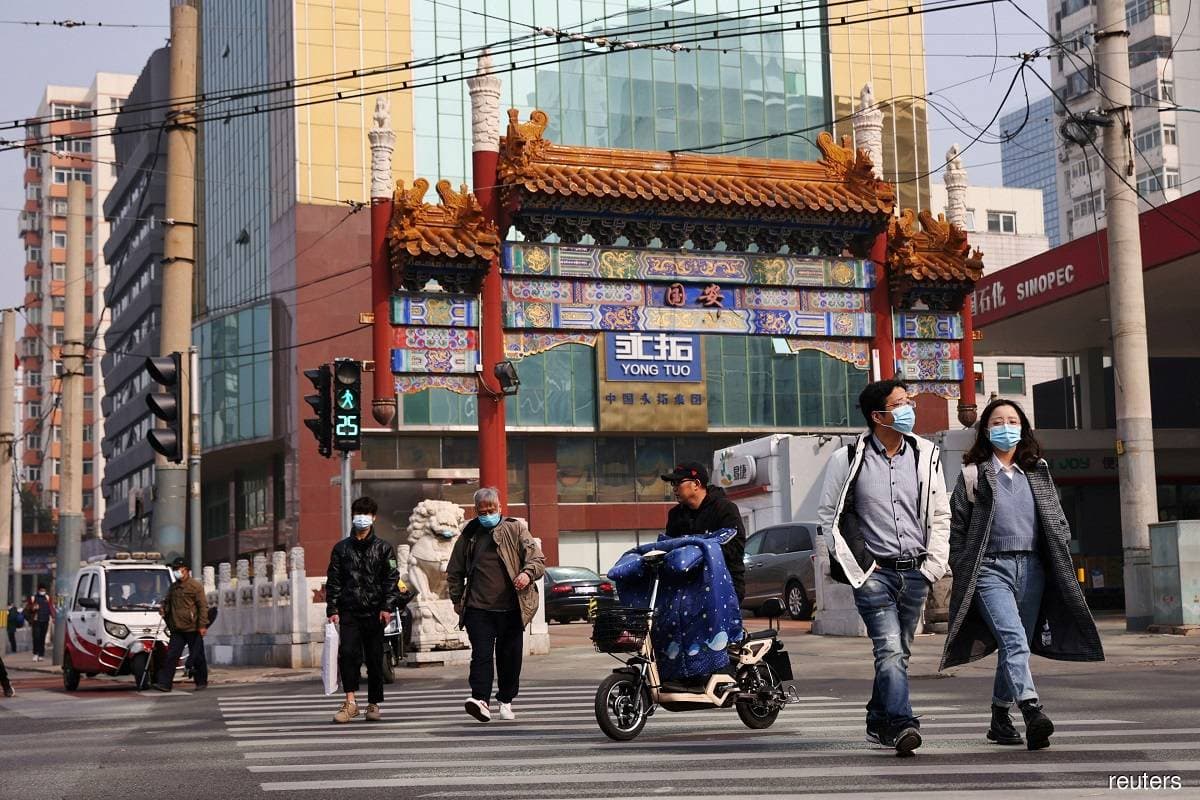
KUALA LUMPUR (Dec 13): Economic growth in the Asia Pacific (APAC) region would likely lose steam next year amid a challenging global backdrop.
“Across the region, we expect economic growth in 2023 to be weaker than 2022. And that has to do with the slowing global economy, the rapid pace of rate hikes, inflation, etc. Broadly speaking, though, we expect Asia Pacific to avoid a recession, with the exception of New Zealand,” said Moody’s Analytics senior economist Stefan Angrick in a virtual briefing on the APAC economic outlook for 2023.
Angrick pointed out that the economic growth prospects of countries including South Korea, Australia and New Zealand will be weighed by rising interest rates.
The Philippines, Vietnam, India, Indonesia and Malaysia will also see gross domestic product (GDP) growth ease in 2023 compared to 2022, but growth rate will be relatively better in the APAC region, he added. The Malaysian Finance Ministry's official forecast for 2023 GDP is at between 4% and 5% for 2023.
Meanwhile, China and Hong Kong are the exceptions, as Angrick expected their GDP growth to pick up next year, thanks to China relaxing its zero-Covid policy.
“This is reflective of the fact that [China's] Covid-19 policies have constrained growth in 2022 and in 2021 already as well. So the fact that we have the revamping [of] Covid-19 policies now in China, it also changes in Hong Kong, that's reflected in the stronger reading here,” Angrick noted.
APAC’s export engine is fading
The slowdown in APAC economies is also due to an anticipation of sluggish growth in global trade next year.
“The outlook for exports over the first half of next year is somewhat weak.... There really is no escape [for] this region from international trade patterns. This is the primary reason why our outlook for the Asia Pacific region almost across the board is weaker for 2023 than 2022,” said Moody’s Analytics chief APAC economist Steve Cochrane.
“We are seeing that a few countries are at that point now where exports are no longer rising compared to one year ago. We can see that in the Philippines, Taiwan and Korea and Singapore, where there is easing of demand for some of the electronic products coming out of those economies.
“Malaysia and Indonesia, even export figures look strong now, they are slowing very quickly over the last few months and that is because commodity prices have come down,” Cochrane added.
APAC countries have more positive economic outlook than Europe and North America
Nonetheless, Cochrane said the probability of a recession in APAC economies is lower.
According to him, the odds of APAC countries entering one is 41% while Europe has a higher probability of 75%, and North America has a 56% probability of entering a recession in the next 12 months.
For the US economy, he saw a 50% chance the country will fall into a recession over the next 12 months as he expected higher interest rates to drag the US economy.
“Our baseline forecasts are assuming no outright recession, no broad-based downturn in the US economy, but a very, very slow perhaps no growth for a quarter or two as we get into next year and as higher interest rates and such begin to weigh on the US economy,” Cochrane explained.
“But there are a number of positives including the still strong labour market, the lack of significant leverage in the economy, both in terms of household debt to income ratios that are rather low and also corporate debt, which is rather low as well,” he added.
Meanwhile, Cochrane said silver lining for the global economy is that US consumer spending will remain strong and China will ramp up its vaccination rate effort among its elderly population amid the relaxation of its zero-Covid policy.
“Consumer spending in the US seems to be strong and I think it will likely remain strong for the coming year and will be a ballast for the global economy.
“If we are looking for an upside scenario, I don't think we can ignore the fact that there is some upside potential in China and one would be if indeed China can rapidly vaccinate its [elderly] population, and particularly if they can come up with in an mRNA vaccine that would be much more effective than the Sinovac vaccine, which is currently used.
“Of course, it would be easier to import existing vaccines, but I am not so sure that will be the case. I think China is going to want to depend on a homegrown solution that would delay it, but there is potential for that coming along. That would really help because the real risk in China with Covid-19 is that an accelerating wave of Covid-19 leads to a huge number of serious cases of Covid-19, which require hospitalisation and rapidly fill up the emergency wards and other beds within the hospital system in China. Then they have to shut down lockdown areas again because there is no other alternative.
“Then, borders could open in China and the border between China and Hong Kong, and what would help Hong Kong and, of course, visitors could re-enter China without having to go through a lengthy quarantine, that would be a huge, huge benefit,” he added.
Heightened tension between Taiwan and China presents real risk to APAC's growth
According to its senior economist Katrina Ell, geopolitics is unavoidably influencing economic performance, and the risk has increased more than ever this year.
“Increased tensions between China and Taiwan had really escalated to a point that we haven't seen this year. They do present real risks to APAC but also globally, if those tensions were to further escalate,” she said, adding that Taiwan is located at an important strategic geographic position and also plays a critical role in the tech supply chain, while China is a regional and global growth powerhouse.